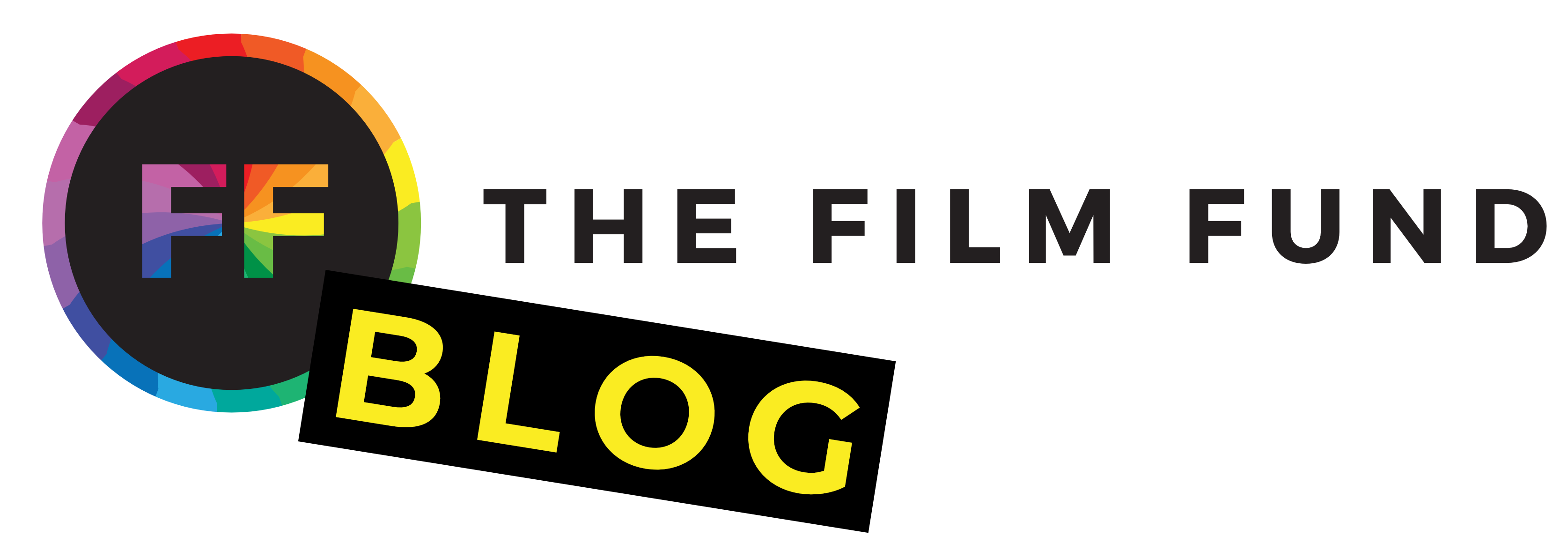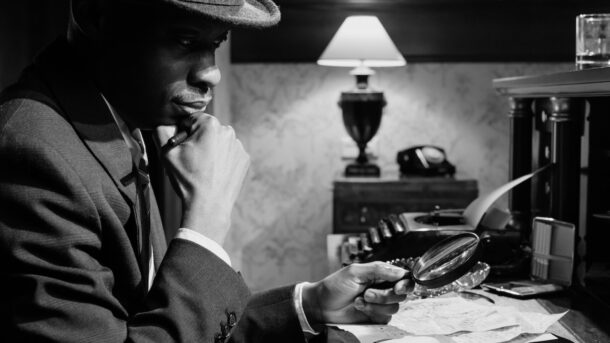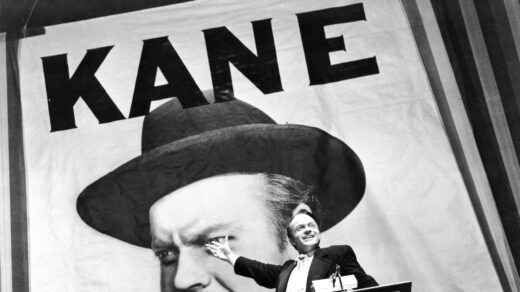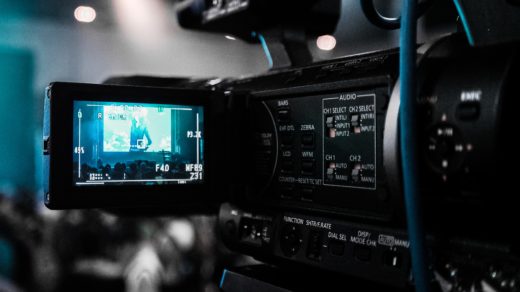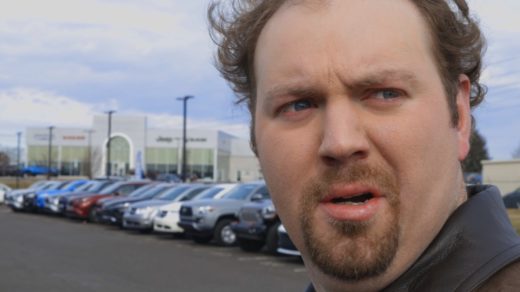In the realm of filmmaking, where every frame tells a story, lighting plays a pivotal role in setting the mood, conveying emotions, and adding depth to characters and narratives. In this post, we’ll delve into the shadows to uncover the art behind film noir lighting in cinema.
As we continue, we’ll unravel the enigmatic qualities of film noir lighting. We’ll learn how it manipulates light and shadow to create an atmosphere of intrigue, tension, and melancholy. The interplay between light and darkness in film noir isn’t just an aesthetic choice; it’s a storytelling device that reveals character motivations, builds suspense, and leaves a lasting impression on audiences.
Our mission here is to make the world of film noir lighting accessible and understandable to both seasoned filmmakers and enthusiastic newcomers. We aim to demystify the techniques and strategies used in crafting this iconic style, providing you with insights and practical tips to incorporate this iconic element into your own filmmaking projects.
The Essence of Film Noir Lighting
Now that we’re getting started, let’s dig deeper into the essence of film noir lighting and why it’s considered a cornerstone of this cinematic style.
What is Film Noir Lighting?
Film noir lighting isn’t your typical, well-balanced lighting setup. It’s a deliberate departure from the norm, characterized by high contrast and stark shadows. Think of it as a dance between light and darkness, where each element has a critical role to play.
High Contrast Lighting
In the world of film noir, extreme contrast is the name of the game. Bright highlights and deep, impenetrable shadows create a visual tension that mirrors the moral complexities often explored in these films. Characters and objects are sharply defined, with the contrast emphasizing their significance within the frame.
Stark Shadows
Perhaps one of the most recognizable features of film noir lighting is the use of intense, angular shadows. These shadows aren’t just decorative; they serve as metaphors, hinting at the hidden depths and secrets that lie beneath the surface of the narrative. The play of light and shadow becomes a language of its own, communicating emotions and subtext without words.
Historical Context of Film Noir
To truly appreciate the essence of what we’re about to discuss, it’s essential to understand its historical roots and the cultural influences that gave rise to this unique cinematic style.
Origins and Influences
Film noir didn’t emerge in a vacuum. It was heavily influenced by a combination of factors, including the aftermath of World War II, a post-war sense of disillusionment, and the influx of European filmmakers fleeing the war’s devastation. These filmmakers brought with them a dark, existential sensibility that found its way into the heart of American cinema.
Key Characteristics
Film noir is more than just lighting; it’s a culmination of various stylistic choices, including narrative themes, character archetypes, and visual aesthetics. The shadowy, morally ambiguous world of film noir was reflected not only in the lighting but also in the intricate storytelling, flawed protagonists, and complex relationships.
As we move forward in this exploration of film noir lighting, keep in mind that this style isn’t confined to a specific time period. Its influence can be seen in both classic films from the mid-20th century and contemporary cinema. In the next section, we’ll delve into the “why,” exploring its role in setting the mood and enhancing storytelling.
The Why: Understanding the Role of Lighting in Film Noir
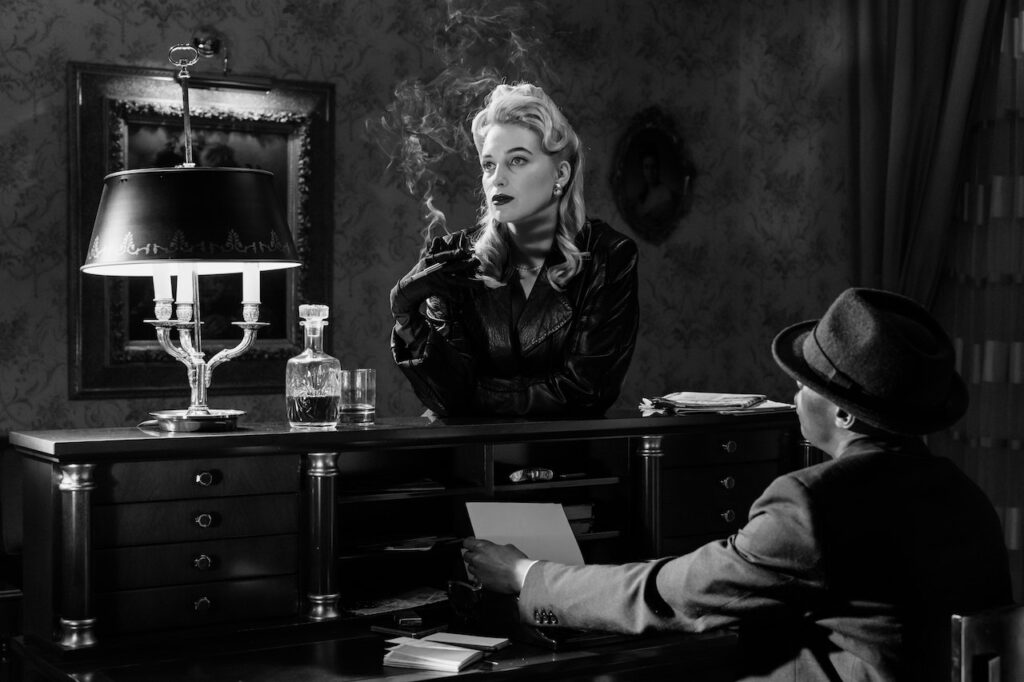
Now that we have a grasp of what film noir lighting is and its historical roots, let’s dive into the captivating question of “why” it is such a crucial element in this cinematic style.
Setting the Mood
Film noir is renowned for its ability to envelop viewers in a world of mystery, intrigue, and suspense. At the heart of this ambiance is the remarkable role of lighting.
Creating Atmosphere
Film noir lighting doesn’t merely illuminate the scene; it crafts an atmosphere that becomes a character in itself. By bathing scenes in deep shadows and accentuating specific elements with intense light, filmmakers evoke a sense of foreboding and unease. This atmospheric backdrop pulls audiences into a narrative where danger lurks around every corner.
Emotional Impact
Film noir lighting isn’t just about aesthetics; it’s a storytelling tool that wields emotional influence. The interplay of light and shadow can heighten emotions, emphasizing characters’ inner turmoil, fear, or desire. The flicker of a dimly lit room or the play of light on a character’s face can convey depths of emotion that words alone might struggle to express.
Enhancing the Story
Beyond mood-setting, film noir lighting serves a profound purpose in enhancing the narrative itself.
Revealing Character Motivations
In film noir, characters often exist in a morally gray zone. They’re neither entirely good nor completely evil. Lighting plays a pivotal role in revealing these complex motivations. A character’s face partially concealed in shadow can suggest hidden agendas, while a sudden burst of light might expose their vulnerability or duplicity.
Fostering Suspense
Film noir thrives on suspense, and lighting is the master of suspense-building. Shadows can hide crucial plot details, creating a sense of anticipation as audiences strain to see what lies in the darkness. The gradual revelation of information through well-placed light sources can keep viewers on the edge of their seats.
As you can see, the “why” of film noir lighting isn’t a simple matter of aesthetics; it’s a powerful storytelling device that immerses audiences in the narrative’s emotional and psychological depths. Now we’ll uncover the “how” of film noir lighting, exploring the techniques and strategies filmmakers use to achieve these mesmerizing effects.
The How: Techniques of Film Noir Lighting
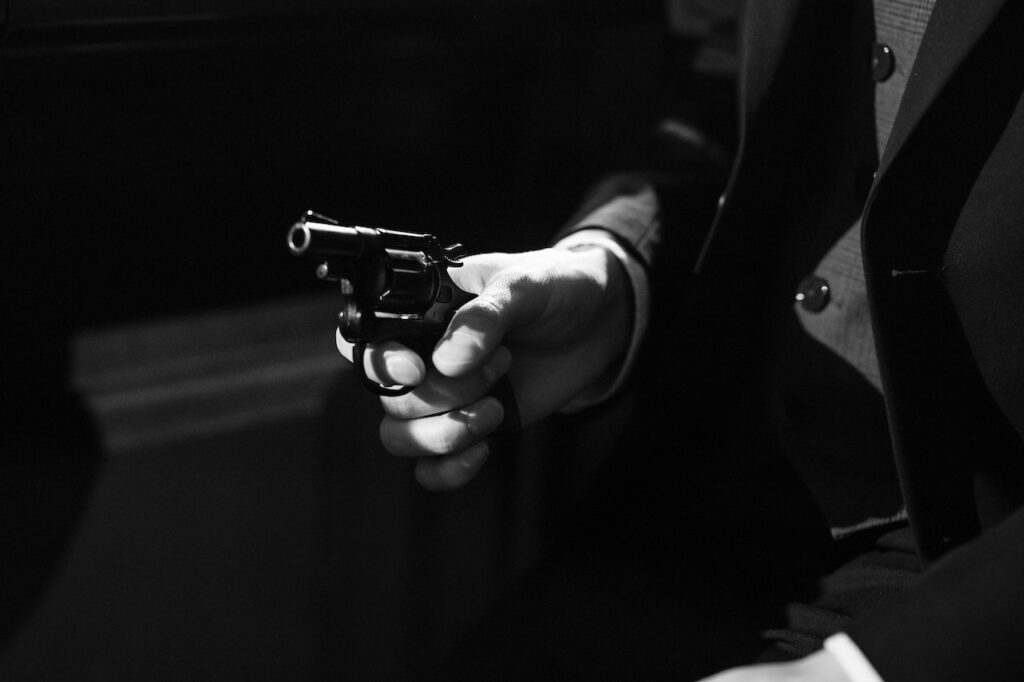
We’ve explored the “why” and its pivotal role in setting the mood and enhancing storytelling. Let’s roll up our sleeves and delve into the practical “how” of achieving those captivating cinematic effects.
Low-Key Lighting
One of the fundamental techniques of film noir lighting is low-key lighting.
Creating Dramatic Shadows
Low-key lighting is all about accentuating shadows, and in the world of film noir, shadows are your allies. By using strong, focused light sources and allowing shadows to fall dramatically, you can craft a visual landscape rich in contrast. This technique not only adds depth and texture to your scenes but also heightens the sense of mystery and suspense.
Emphasizing Faces and Features
In film noir, character is paramount, and their faces tell much of the story. Low-key lighting is adept at emphasizing facial features, casting them in sharp relief against the darkness. This technique allows you to reveal emotions, motivations, and nuances with subtlety, making it an essential tool in character-driven narratives.
High-Key Lighting
While low-key lighting creates stark contrasts, high-key lighting offers a different yet equally compelling approach.
Balancing Light and Shadow
High-key lighting seeks to create a sense of balance between light and shadow. While shadows are less pronounced than in low-key lighting, they still play a crucial role in adding depth and dimension to your scenes. High-key lighting can convey a more optimistic or hopeful tone within a film noir context, as it contrasts with the traditional gloomy atmosphere.
Illuminating Key Elements
In film noir, certain elements demand attention, whether it’s a critical prop or a character’s face in a pivotal moment. High-key lighting allows you to shine a spotlight on these elements, guiding the audience’s focus and emphasizing their significance in the narrative.
By mastering the techniques of low-key and high-key lighting, you’ll be well on your way to crafting the mesmerizing visuals that define the film noir style. Coming up, we’ll explore iconic examples of film noir lighting in classic films, dissecting how these techniques were used to create unforgettable cinematic moments.
Iconic Examples of Film Noir Lighting
To truly appreciate the artistry of film noir lighting, it’s invaluable to examine iconic examples from the world of cinema. These films have left an indelible mark, demonstrating how the interplay of light and shadow can elevate storytelling to a whole new level.
“Double Indemnity” – Billy Wilder’s Mastery
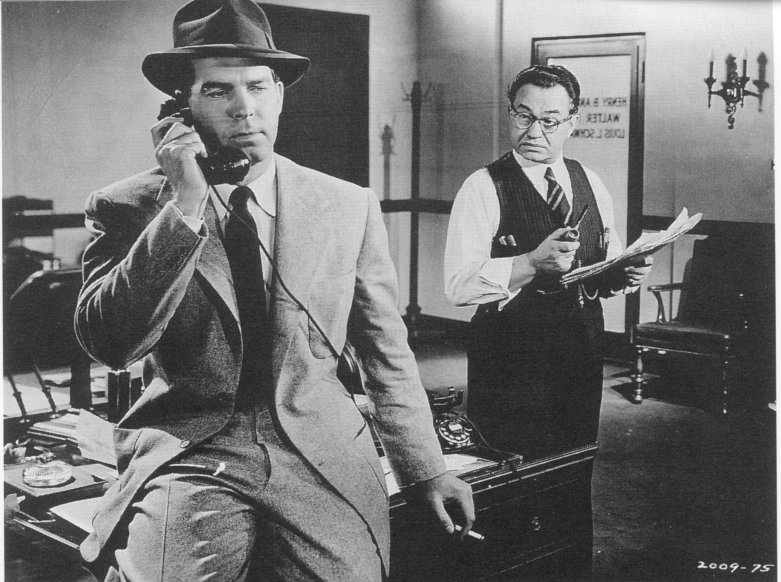
One of the crown jewels of film noir, Billy Wilder’s “Double Indemnity,” showcases the impeccable use of lighting to convey deception and moral ambiguity.
In this classic, the play of light and shadow becomes a character in itself, accentuating the moral decay of its protagonists. The film’s use of Venetian blinds casting bars of light and shadow across the characters’ faces has become a defining visual trope of film noir. These patterns underscore the characters’ entrapment in their web of deceit, serving as a visual metaphor for their moral confinement.
“The Third Man” – Atmospheric Lighting in Classic Noir
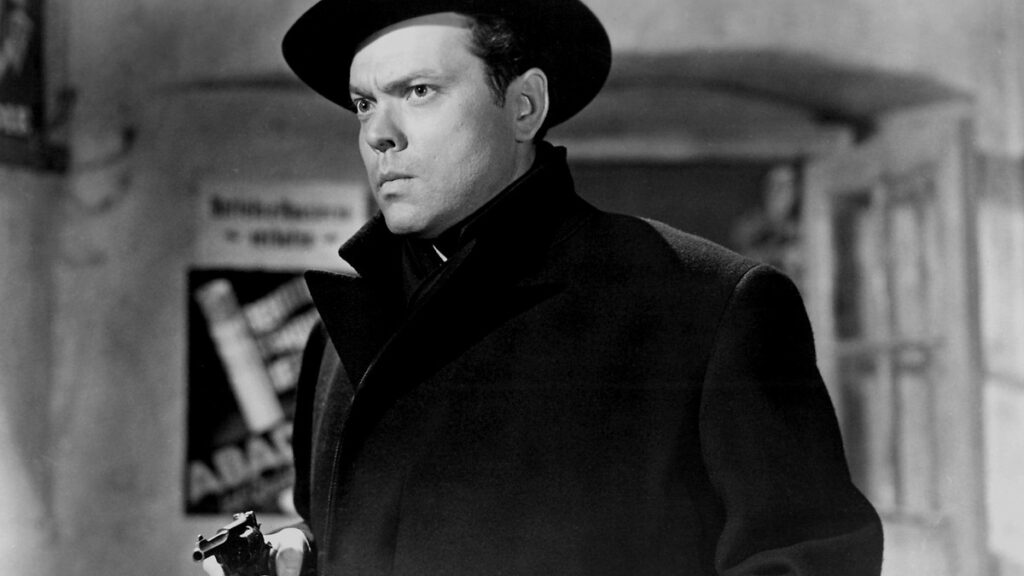
Carol Reed’s “The Third Man” transports us to post-World War II Vienna, immersing us in the dark and shadowy world of espionage and intrigue.
The film’s use of chiaroscuro lighting, where light and shadow are sharply contrasted, heightens the sense of mystery and uncertainty. Cobblestone streets illuminated by the harsh glow of street lamps cast long, eerie shadows, creating an atmospheric and visually stunning backdrop for the narrative. This film is a masterclass in using lighting to infuse a sense of unease and intrigue into every scene.
Modern Interpretations
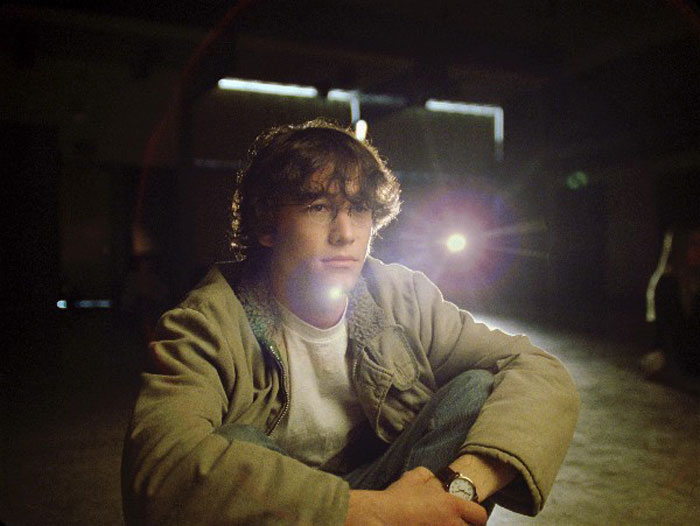
Film noir lighting techniques continue to influence modern cinema. Contemporary filmmakers often pay homage to the classics by incorporating these techniques into their work.
In films like “Sin City” and “Brick,” directors employ high-contrast lighting and stark shadows to create visually arresting and emotionally charged narratives. These modern interpretations demonstrate its timeless appeal and its ability to add depth and complexity to contemporary stories.
By examining these iconic examples, we gain a deeper appreciation for the role of film noir lighting in shaping the mood and narrative of cinema. It’s a testament to the enduring power of these techniques that they continue to captivate audiences and inspire filmmakers today. In the upcoming section, we’ll provide practical tips for achieving similar results in your own filmmaking endeavors, ensuring that you can harness the magic of shadows and light to tell your own compelling stories.
Tips for Achieving Film Noir Lighting in Your Own Films
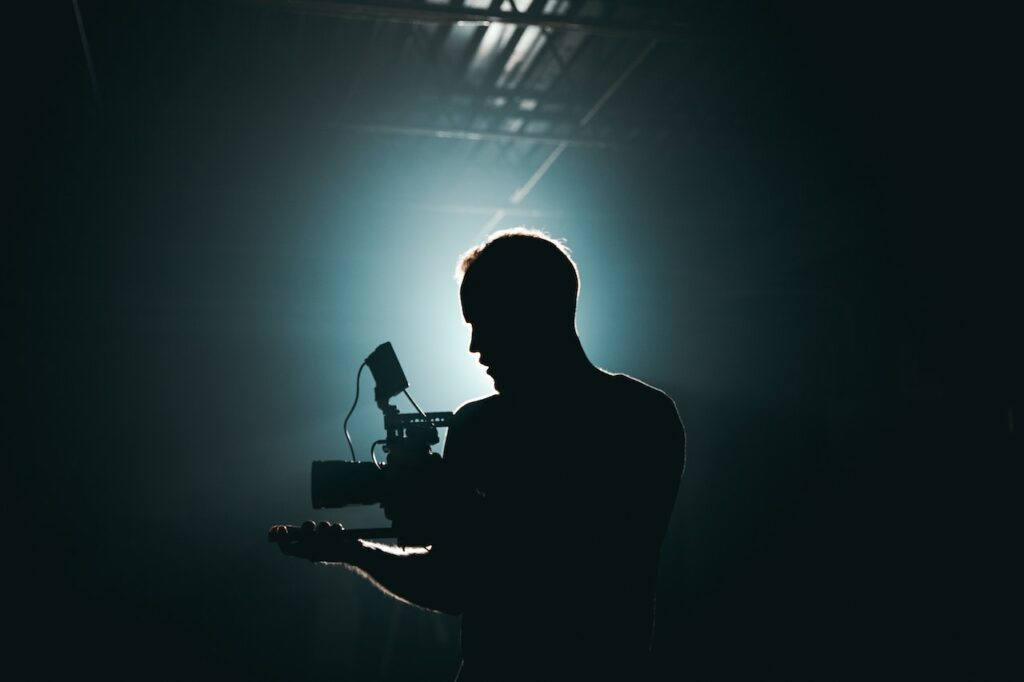
Feeling inspired by the mesmerizing world of film noir lighting? Ready to embark on your own cinematic journey? Here are some practical tips to help you harness the magic of shadows and light in your filmmaking endeavors.
Equipment and Lighting Setup
Invest in Quality Lighting Gear
While you don’t need a Hollywood budget, having access to decent lighting equipment is crucial. Softboxes, key lights, and gels can help you create the desired atmosphere. And The Film Fund can help you achieve the budget you need!
Master the Basics
Understand the fundamentals of lighting, including three-point lighting setups, color temperature, and light modifiers. A solid foundation will serve as the building blocks of your film noir lighting.
Working with Shadows and Contrast
Embrace Low-Key Lighting
Experiment with low-key lighting techniques to create dramatic shadows and high contrast. Position your key light to create defined shadows and add depth to your scenes.
Use Practical Lighting
Incorporate practical lights within your set design to achieve a natural, lived-in feel. Think desk lamps, streetlights, or neon signs to infuse authenticity into your film noir world.
Experimentation and Practice
Test, Test, Test
Don’t be afraid to experiment with different lighting setups and camera angles. Use test shots to fine-tune your lighting to suit the mood and atmosphere you want to convey.
Learn from the Classics
Study classic film noir films to gain insights into how lighting was used to achieve specific effects. Pay attention to how shadows were employed to tell the story.
Collaborate with Your Team
Filmmaking is a collaborative art. Work closely with your director of photography and gaffer to ensure your lighting achieves the desired effect. Communication is key.
Remember, achieving film noir lighting is as much about creativity as it is about technical expertise. It’s about painting with light and shadows to create a visual language that immerses your audience in your narrative. So, as you explore the allure of film noir lighting, keep these tips in mind. With practice and dedication, you can master the art of crafting captivating visuals that elevate your storytelling to new heights.
Conclusion
Film noir lighting is more than just a stylistic choice; it’s a storytelling tool that has the power to shape emotions, convey complex narratives, and leave a lasting impression on audiences. By manipulating light and shadow, filmmakers can immerse viewers in a world of mystery, intrigue, and moral ambiguity.
Whether you’re an aspiring filmmaker or a seasoned pro, film noir lighting offers a rich palette of creative possibilities. It invites you to experiment, to push boundaries, and to craft visuals that resonate with viewers on a profound level. Don’t be afraid to embrace the shadows and explore the depths of human emotion through your art.
In closing, we hope this journey through the art and techniques of film noir lighting has ignited your passion for cinematic storytelling. As you embark on your own creative projects, remember that this isn’t merely about shadows and light—it’s about the power to captivate, to provoke, and to transport your audience into a world where every frame tells a compelling story.
And if you’re a filmmaker looking to enhance your filmmaking experience, enter into our film funding contest! It’s simple. By submitting just a single sentence explaining the premise of your short film, you can win up to $10,000 in funding! It’s quick, easy, and painless, so give it a shot and enter now.
